An ArcGIS portal contains tools, apps, and functionality to create and manage geospatial content and data. As a developer, you use your portal to perform essential development tasks such as creating API key and OAuth 2.0 developer credentials, creating content such as web maps and hosted layers, and hosting your data as data services. Data services play an important role in application development as they allow you to easily build applications that can access, display, and edit geospatial data. Portals also support a portal service API for automating workflows and building custom portal applications.
What's in this guide
This guide introduces portal, how to use tools to create content and data services, and how to build applications that access the following services:
- Portal service
- Feature service
- Map tile service
- Vector tile service
- Image service
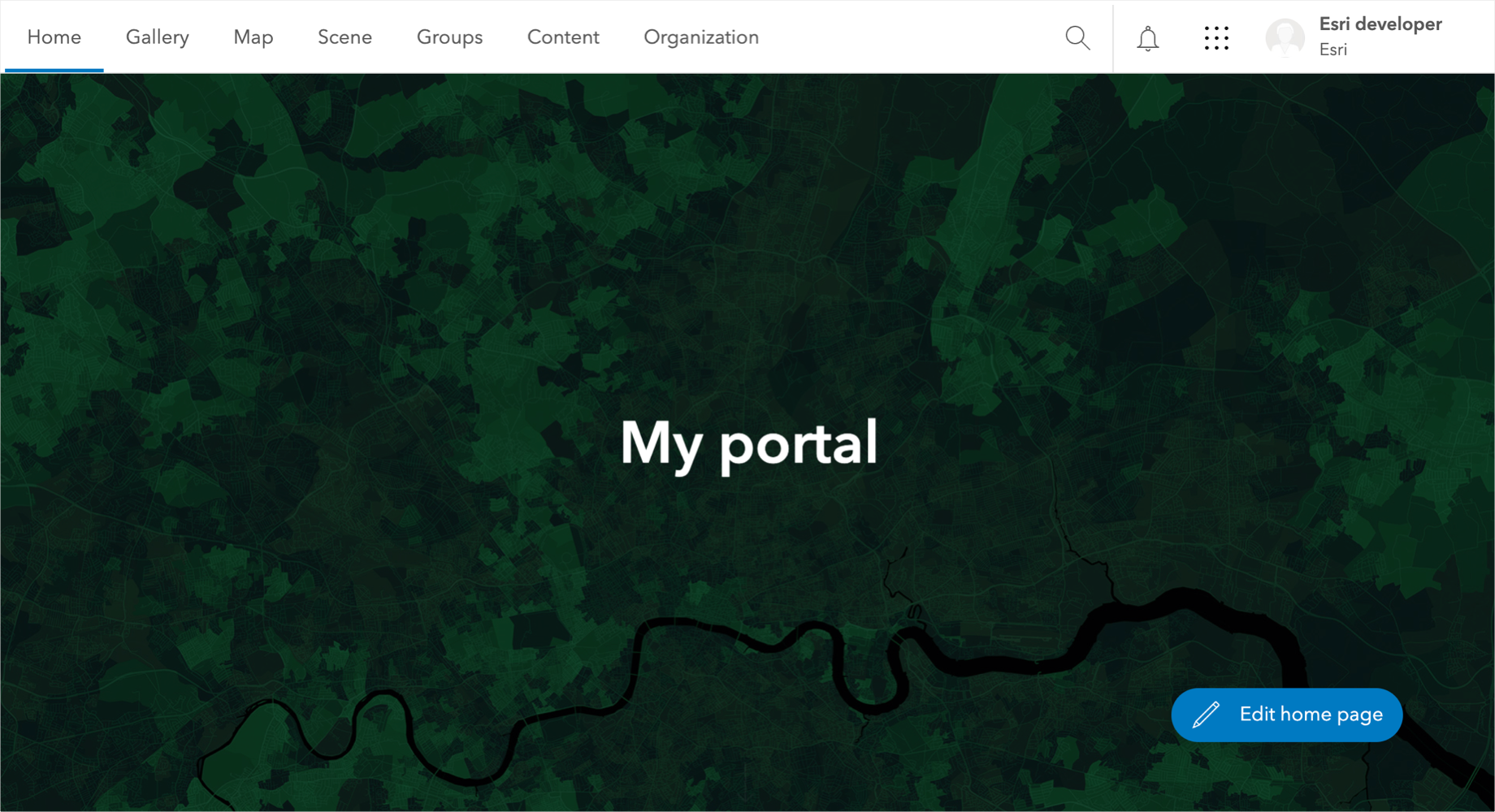
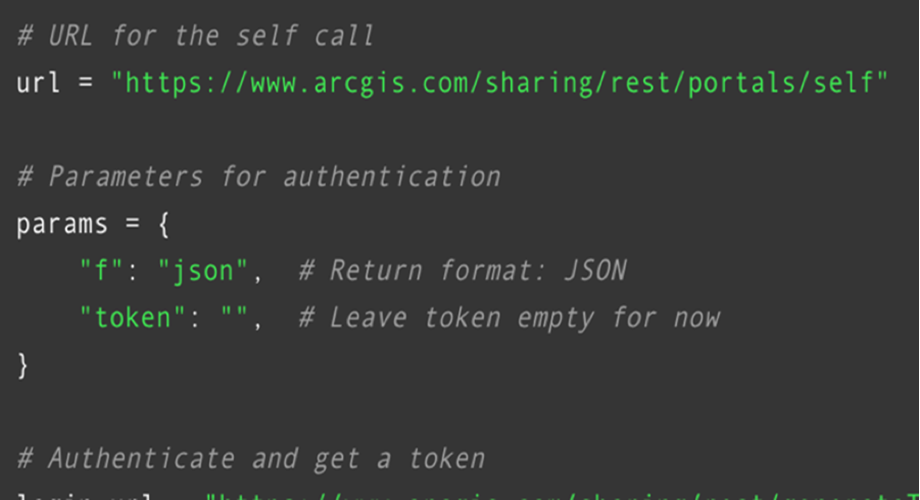
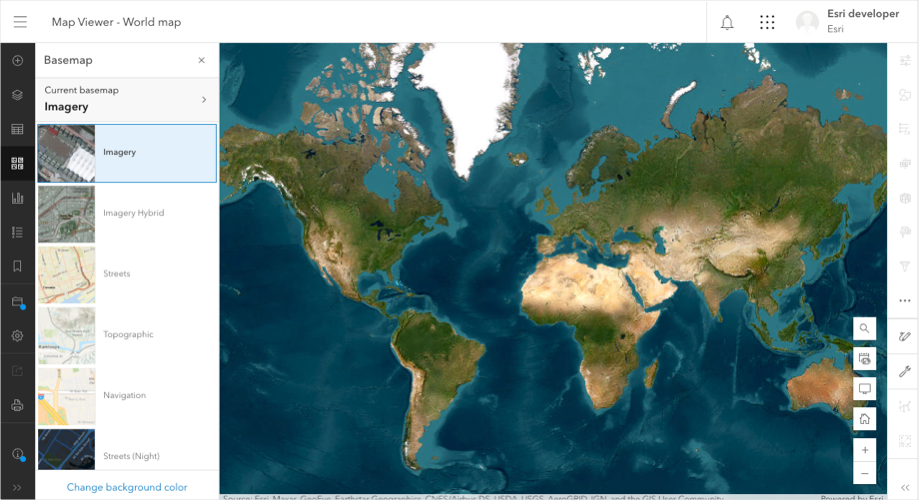
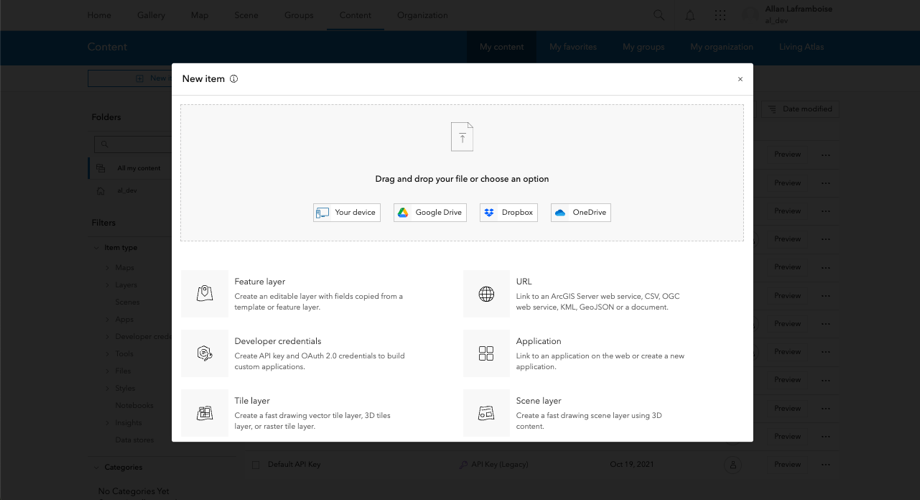
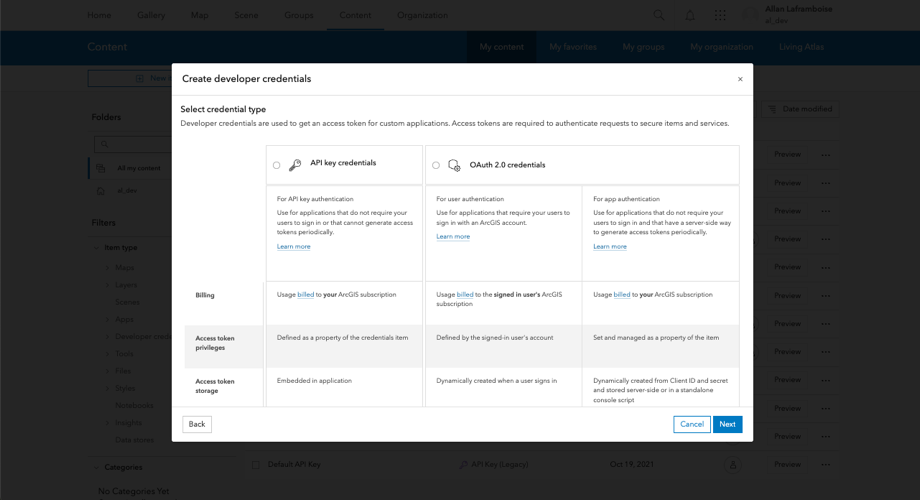
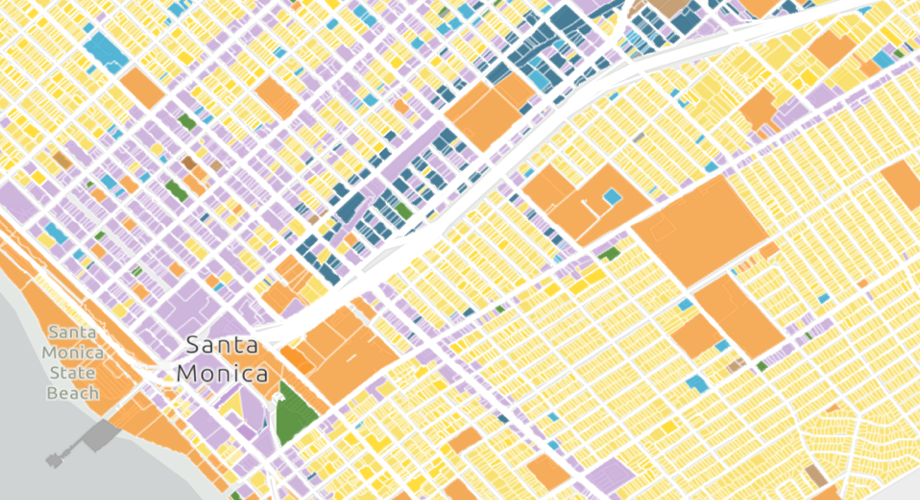
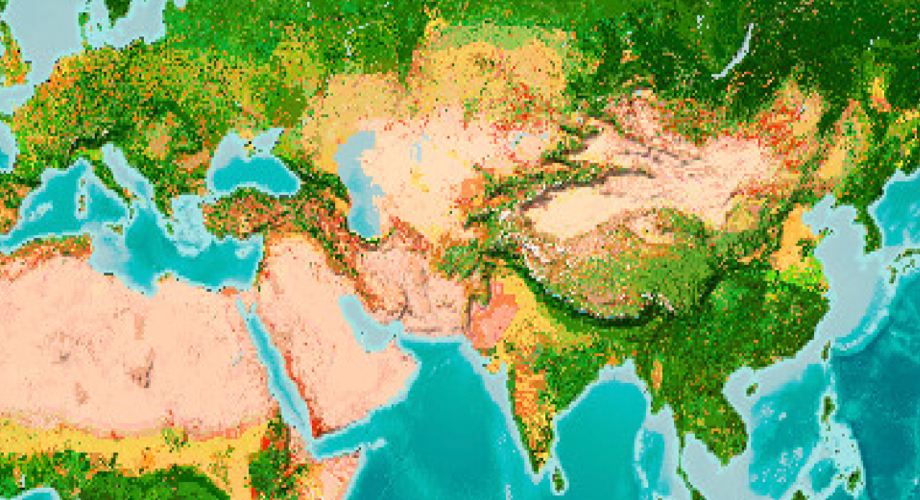
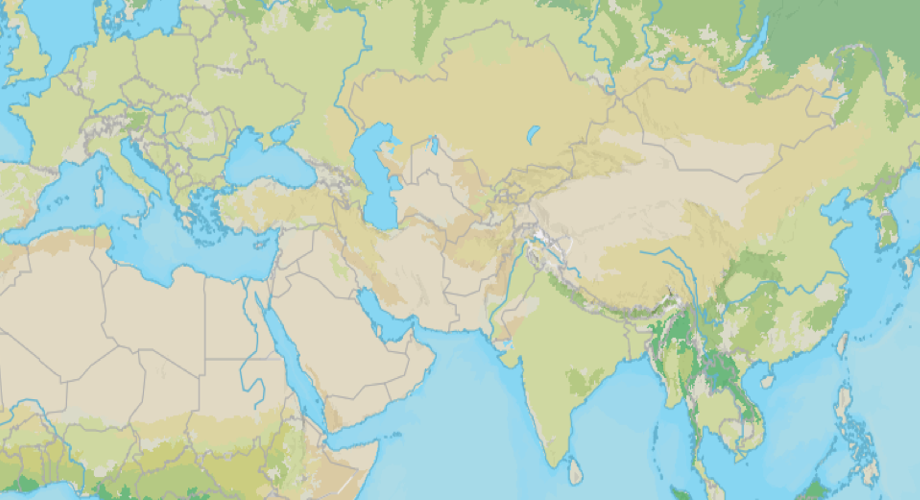
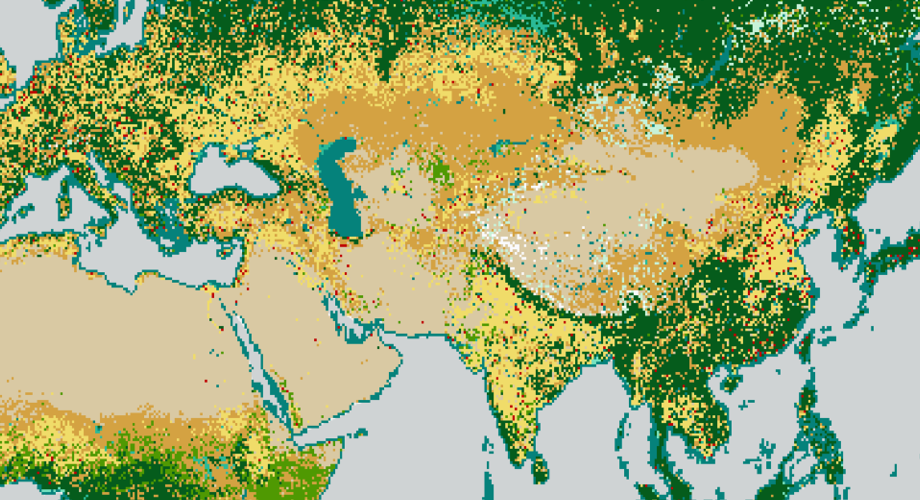
Learn about portals
Introduction to portals
Learn what a portal is, how to access it, and what you can do with it.
Tools
Learn how to use tools in your portal to manage content items, and create 2D or 3D maps.
Apps
Learn how to use applications in your portal to create, share, and interact with geospatial data.
Learn how to use the portal service
Introduction to portal service
Learn what is the portal service and how to use it.
Security
Control access and sharing levels of content in your portal.
Settings
Customize security configurations, manage dedicated ArcGIS Server sites, and set up services.
Items
Create, manage, and share items in your portal using the portal service.
Users and groups
Manage permissions and control access to your content using users and groups.
Search
Discover, locate, and access a wide range of geographic content in your portal.
Learn how to use data services

Introduction to data services
Learn what are data services and how to use them.

Feature services
Serve geospatial data over the internet making your data available for use in web clients, desktop apps, and mobile apps.

Vector tile services
Create and share vector tiles for efficient rendering and styling of maps across a variety of devices and scales.

Map tile services
Create and share raster map tiles for fast and efficient rendering of maps across a variety of devices and scales.

Image services
Create, share and access raster imagery for dynamic visualization, analysis, and streaming of large imagery collections in web, desktop, and mobile devices.